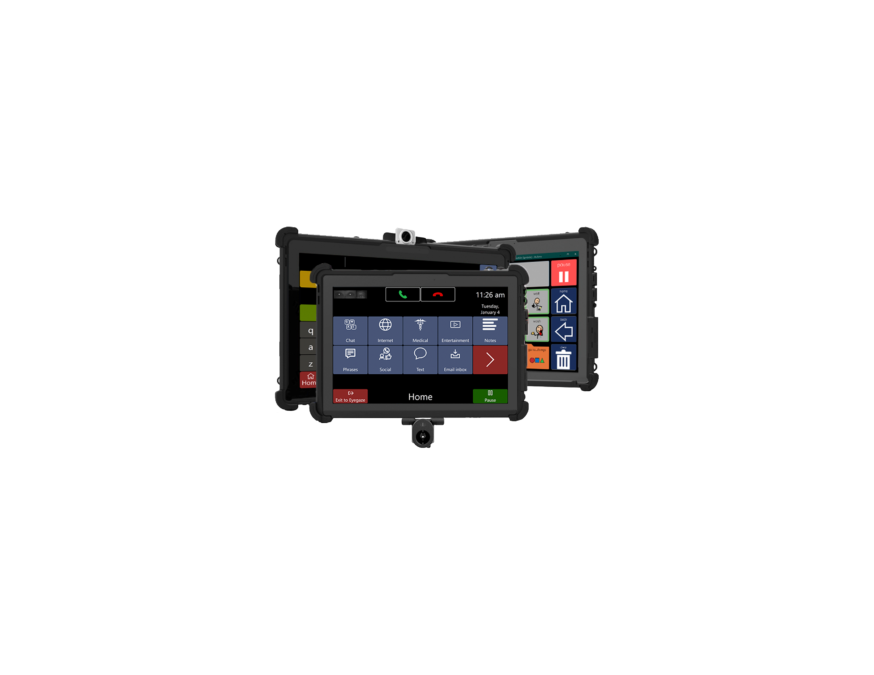From commercial applications to health examinations, eye tracking technology is making life better. IT professionals are using this technology to create more useful websites, and researchers are able to discover ways to give the gift of communication back to people with limiting diseases. Let’s take a look at a few ways eye tracking technology is making our world a better place.
1. Autism is diagnosed earlier.
Eye tracking research reveals that infants who go on to develop autism not only look at faces less often than other babies, but they also look away from major facial features when a person speaks. Researchers from the Yale University School of Medicine recently presented these ground-breaking findings that can help diagnose autism in children as young as 6 months of age. The researchers used eye tracking to carry out their studies and are hopeful that early detection can lead to social and behavioral interventions to help these young patients recover.
2. ALS patients are leading fuller lives.
Patients with ALS and other mobility-limiting diseases can benefit greatly from eye tracking technology. Our Eyegaze Edge® is an eye-operated communication and control system that allows ALS patients to communicate and interact with the world. Eyegaze Edge® users are writing books, attending school, and communicating with their loved ones – all through the power of their eyes.
3. Websites are becoming more accessible.
Websites are becoming more accessible so that people with disabilities have an easier time navigating the webpages. Technologies, like our Encore, provide a natural environment for conducting eye tracking studies so that website owners can get the most accurate information possible. We follow users’ gaze while they are searching for, and processing, information on a website, so webmasters can improve the user experience.
As you can see, eye tracking technology has numerous applications across many industries. Which of these eye tracking use cases inspires or excites you the most?

